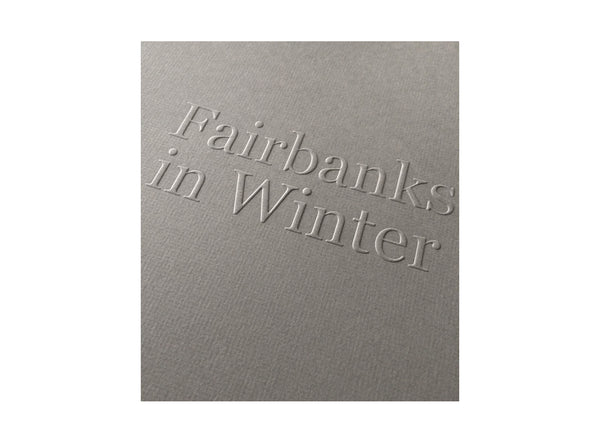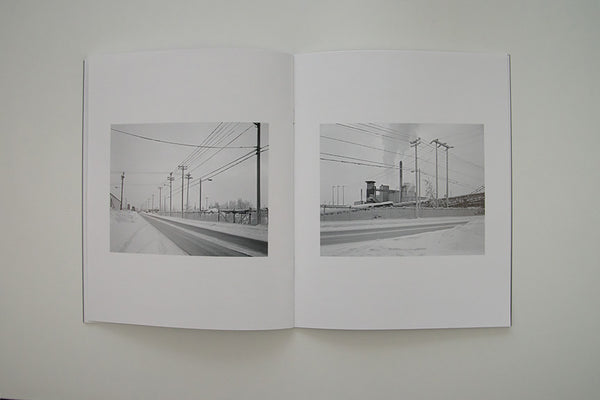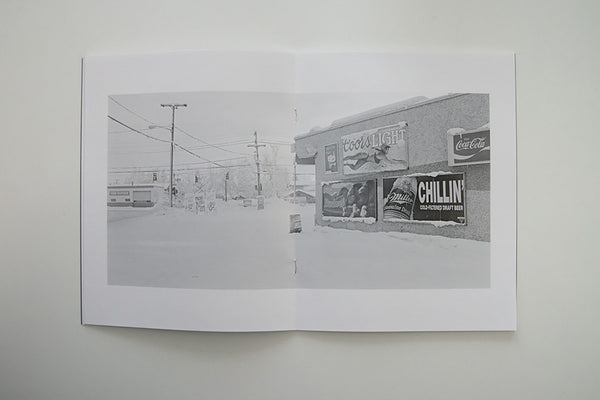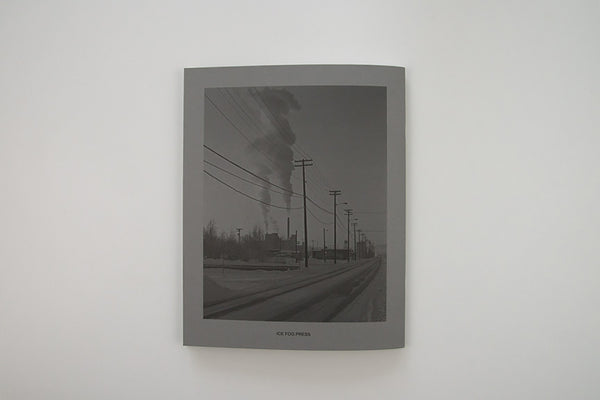




Dennis Witmer, John Haines
Fairbanks in Winter
Ice Fog Press, Juneau, Alaska — 2016
Witmer’s pictures, from the 90s and early 2000s, were made with an 8x10 view camera and an even more cumbersome 12x20 in the heart of winter. His carefully studied pictures - cold and almost innocent - represent a boom time in the small Interior Alaska town of Fairbanks.
“Summer in Alaska is a lie, a beautiful lie. Winter is the truth about Alaska”
Ray Baine, quoted by Joe McGinniss, in “Going to Extremes”
As a landscape photographer, summers in Alaska are splendid—the light lasts forever—a great time to get out of town—out into the country. Working with a large format view camera is part of the way I experience the landscape: finding a great view, getting out of the car, setting up the camera, and making the picture —all ways of lingering in a place, with the hope of having made a good photograph. I think the quality that defines the Alaskan landscape is the space–and big cameras–8x10 and 12x20–help capture the space, and the light that fills it.
Winters in Alaska are a different story. The days are short—in December, the sun barely clears the southern horizon, and most of the day is darkness. And the cold—bone chilling cold—makes travel both painful and dangerous. Winters are a time to stay close to home, to stoke a fire, and wait for the sun to return. Working with a view camera in the winter is difficult—the moisture in your breath freezes on the ground glass, shutters stick, and working the camera requires taking the gloves off.
In the cold of Fairbanks, we suffered—these photographs show the ice fog at -40—but also the beauty that happens only during extended cold snaps. The hoar frost forms thick on everything, and when the sun finally peeks through, the landscape is magical, covered in white lace.
- Dennis Witmer